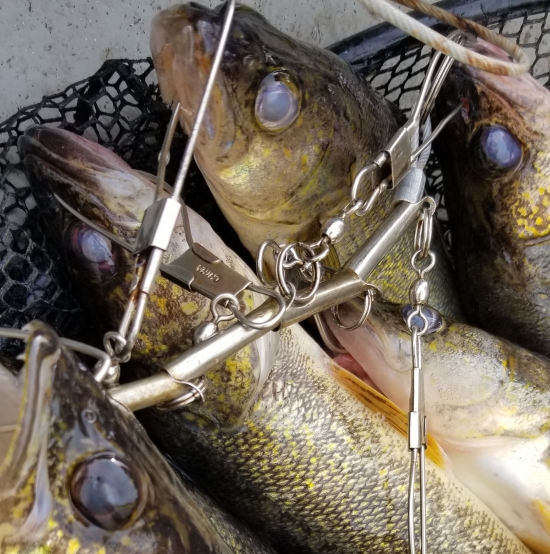It isn’t uncommon for our guests to get checked by a Conservation Officer at some point of their Ontario fishing adventure. Ontario’s Conservation Officers regularly patrol remote lakes by aircraft and set up road checks to check for compliance with possession and size limits for fish.
If you’re a repeat customer with Kashabowie Outposts, you’ll know that Fern gives a great rundown on the limits, laws, and safety practices that we want our guests to follow.
If you’re checked by a Conservation Officer while on the water, here are few tips to make the check quick and positive for anglers and the officers:
-Have your license on your person (not back at camp). This allows the officer to know how many fish you’re allowed to have and also identifies you as being licensed.
-Make sure you measure your fish before you decide to keep them. Anglers are only allowed one walleye greater than 18.1″ (46cm) on any of our lakes. Some of our lakes also have northern pike slot sizes.
-Have an accurate tally of how many fish you have stored at the outposts and make sure that the fish are stored in a manner that they can be easily identified, counted, and measured until being prepared for immediate consumption
-Make sure you have a lifejacket for each person on board the boat and that you remembered to put your safety kit in the boat.
-Save the beer for back at camp. In Ontario, you can’t have open alcohol (beer, liquor) in a boat or away from a residence or licensed establishment.
If you’re checked by a Conservation Officer at a road check or while driving home, here are a few tips:
-Have your fishing license accessible and not packed in the bottom of your duffle bag or tackle box
-Have a tally of how many fish you’re traveling with
-Have your fish packed so that they can be easily identified and counted. (Don’t try and squeeze your limit into one ziplock or vacuum pack).
-Keep your cooler storing fish at the top of your gear so that the officer doesn’t have to dig through your items to inspect your fish.
Ontario’s Conservation Officers want to make sure that our resources are respected and used in a safe manner. For more information on limits and regulations around fishing, check out: Ontario Fishing Regulations Summary





